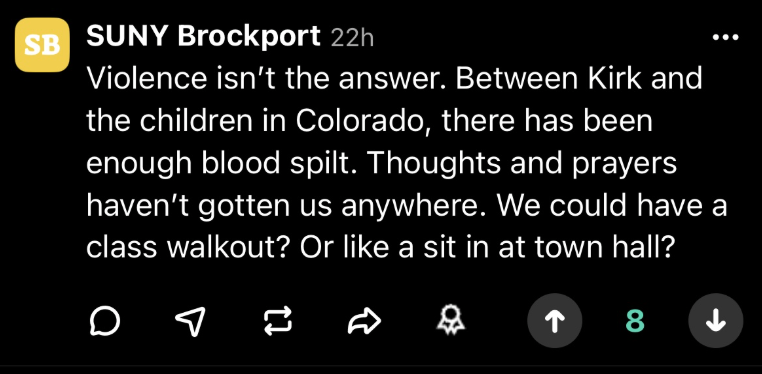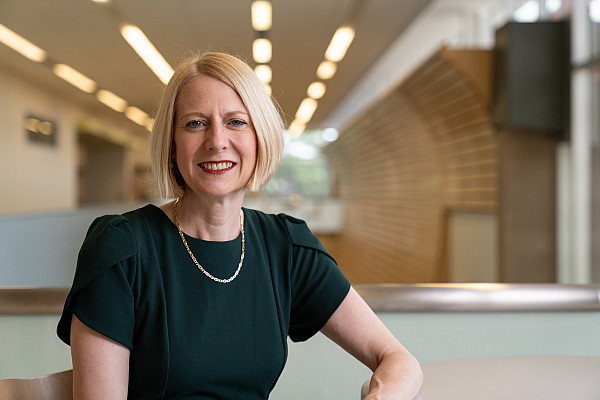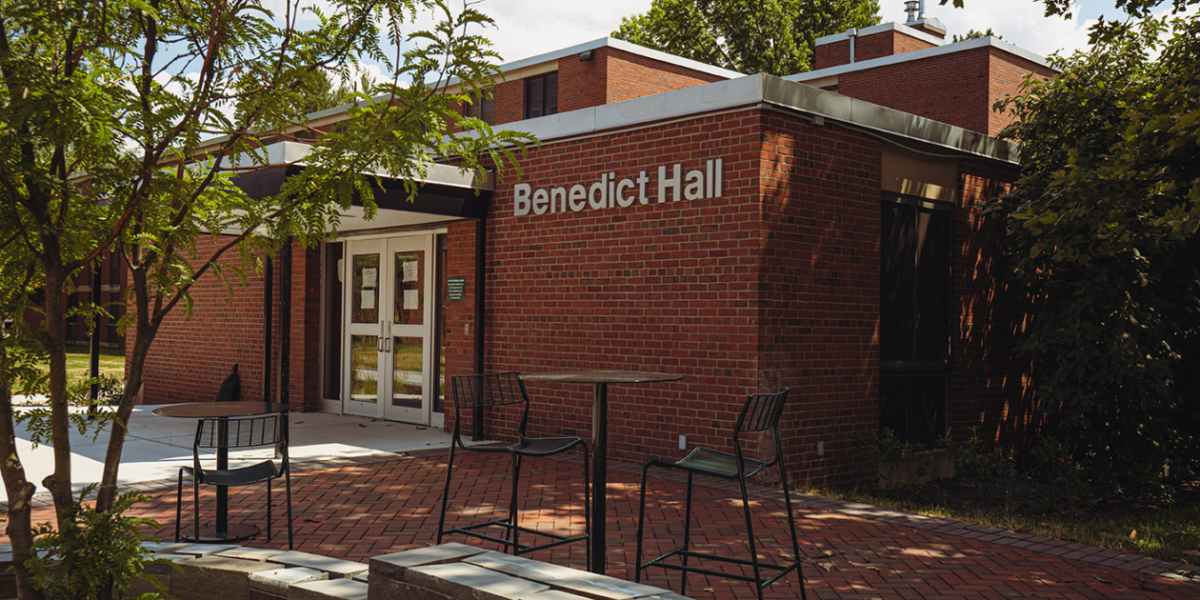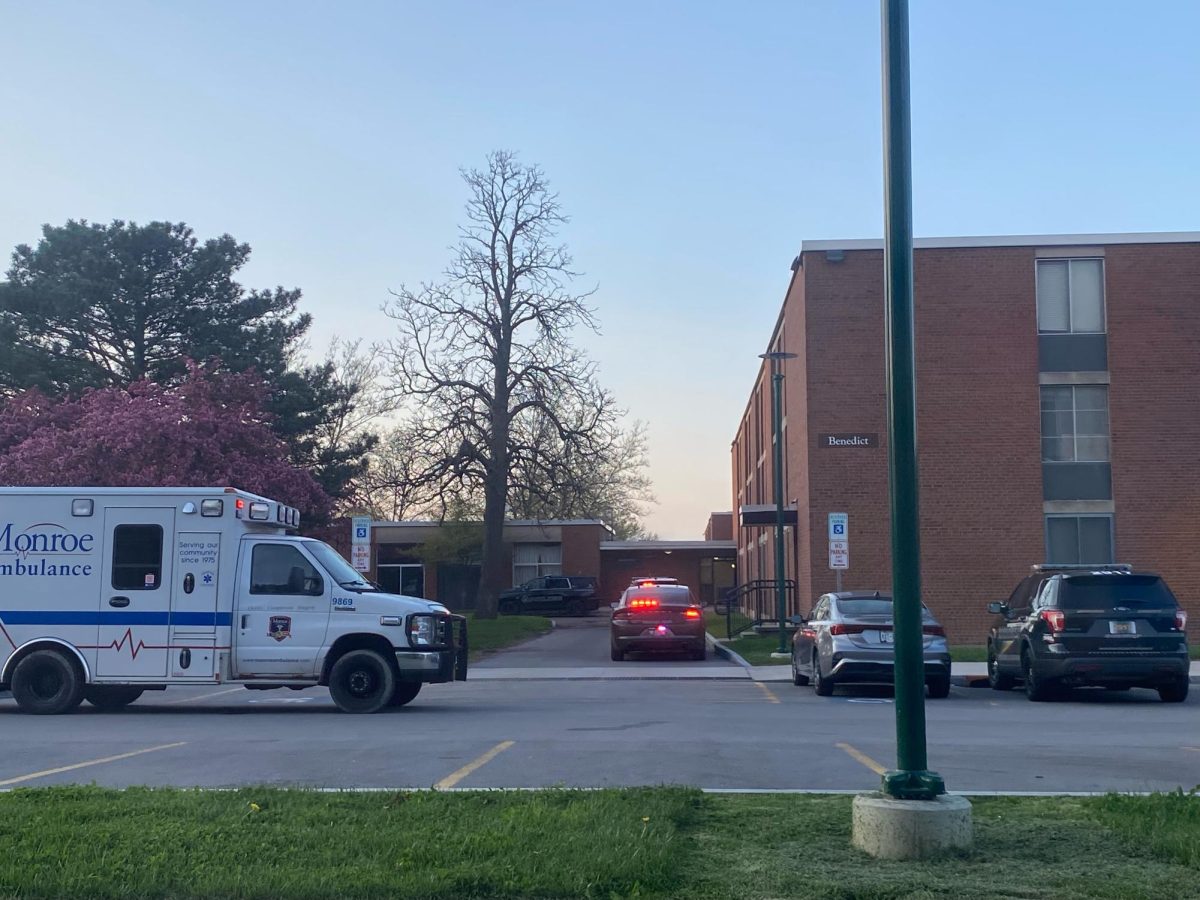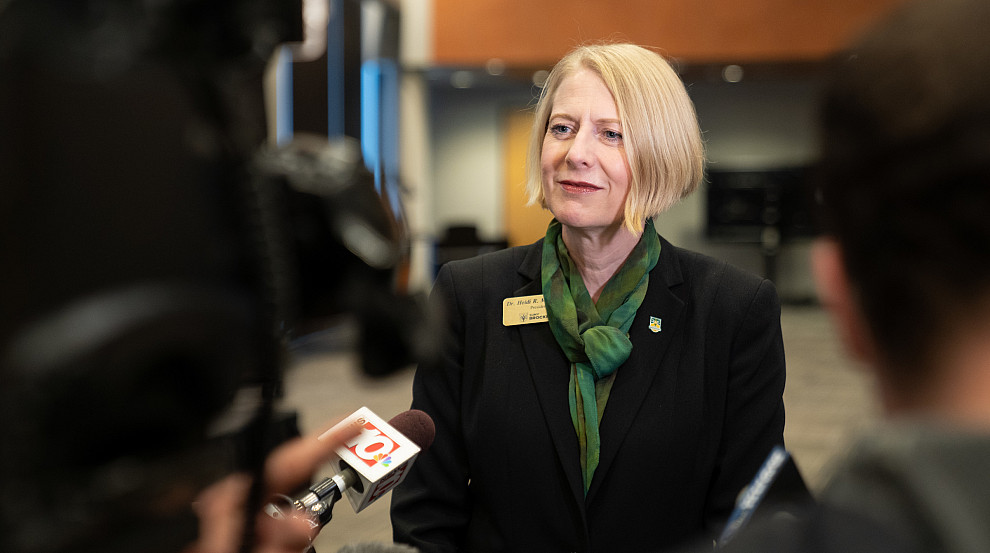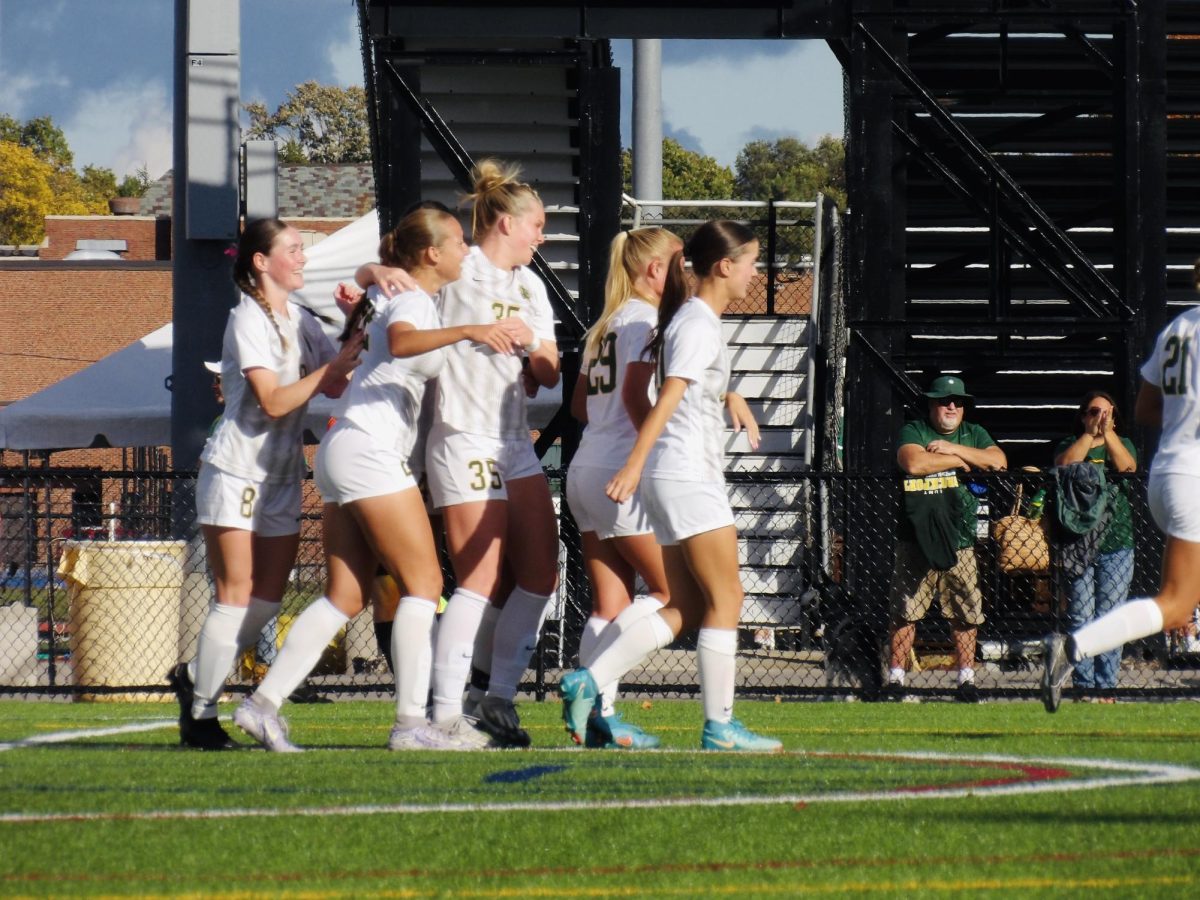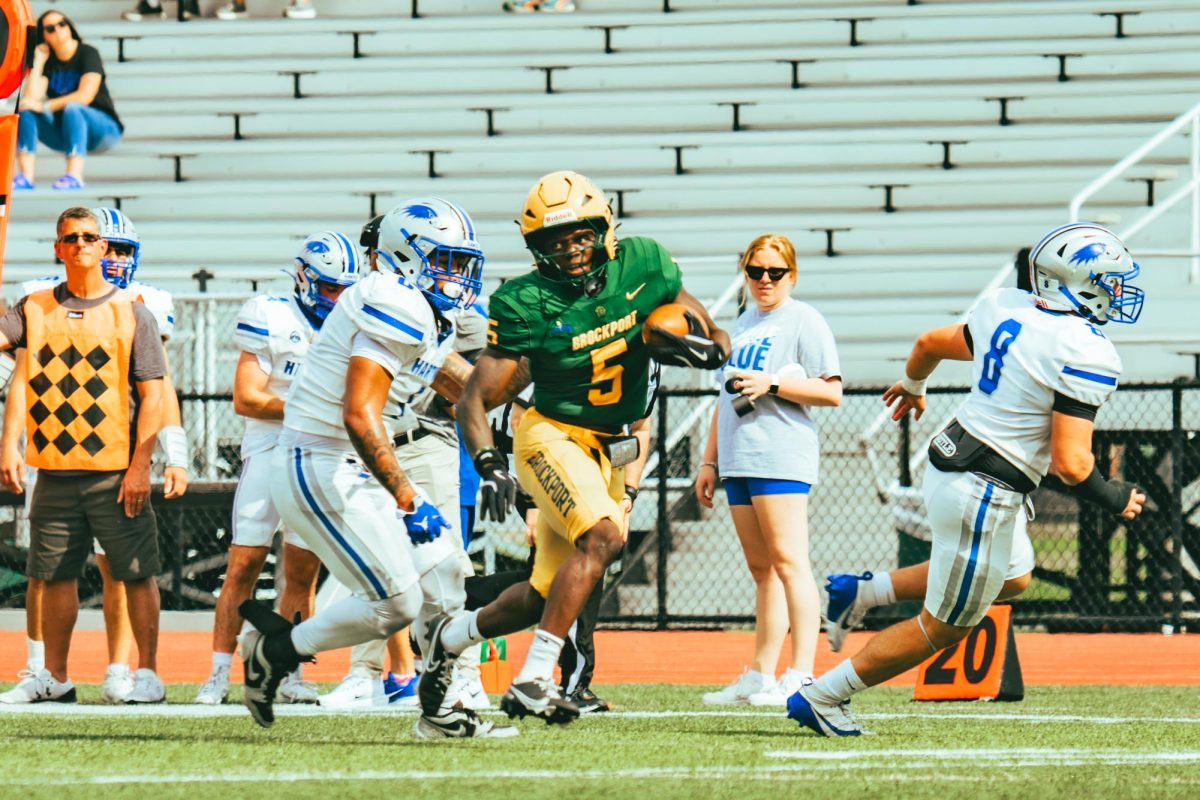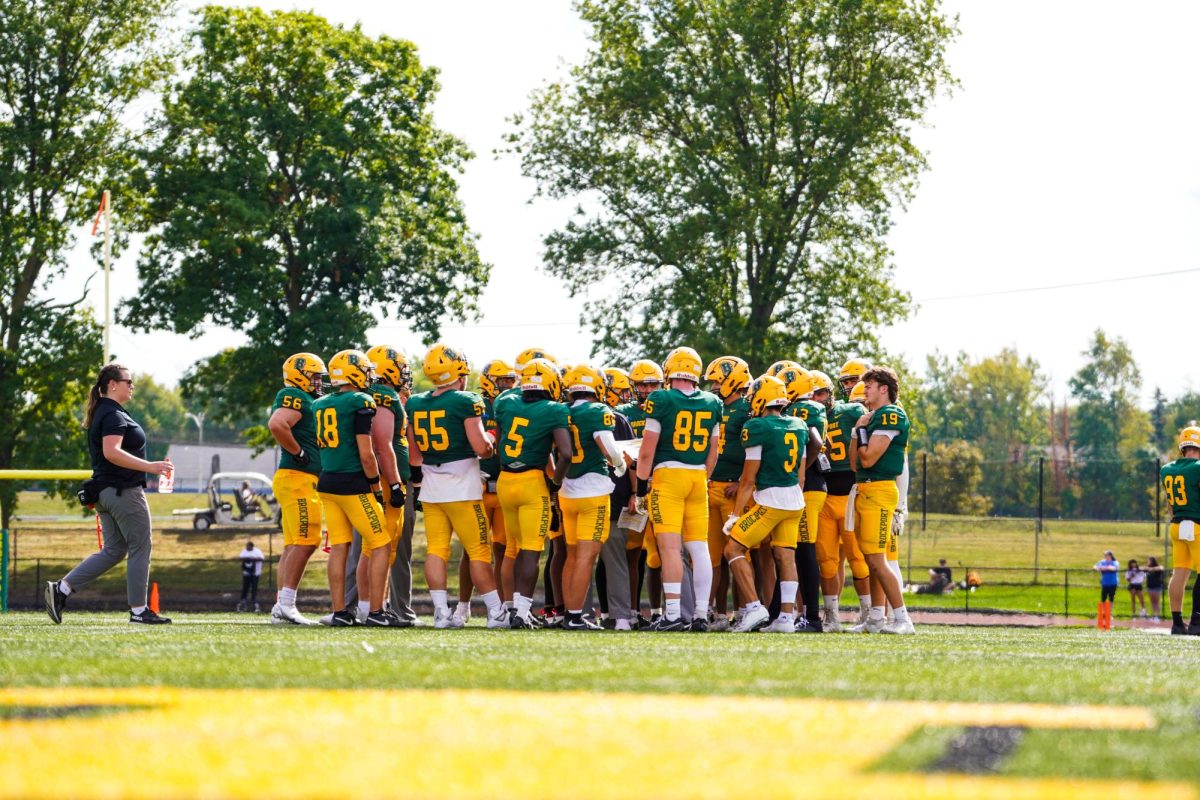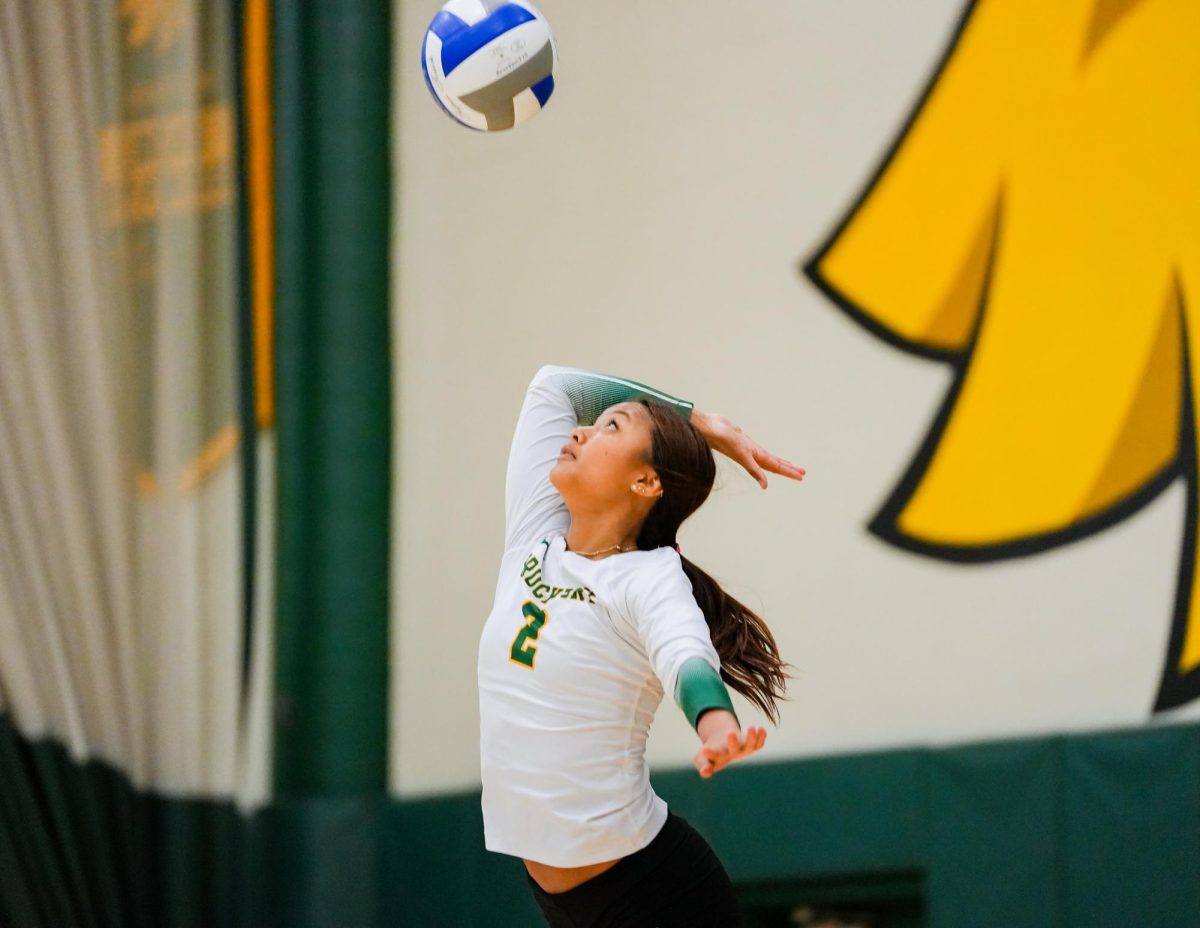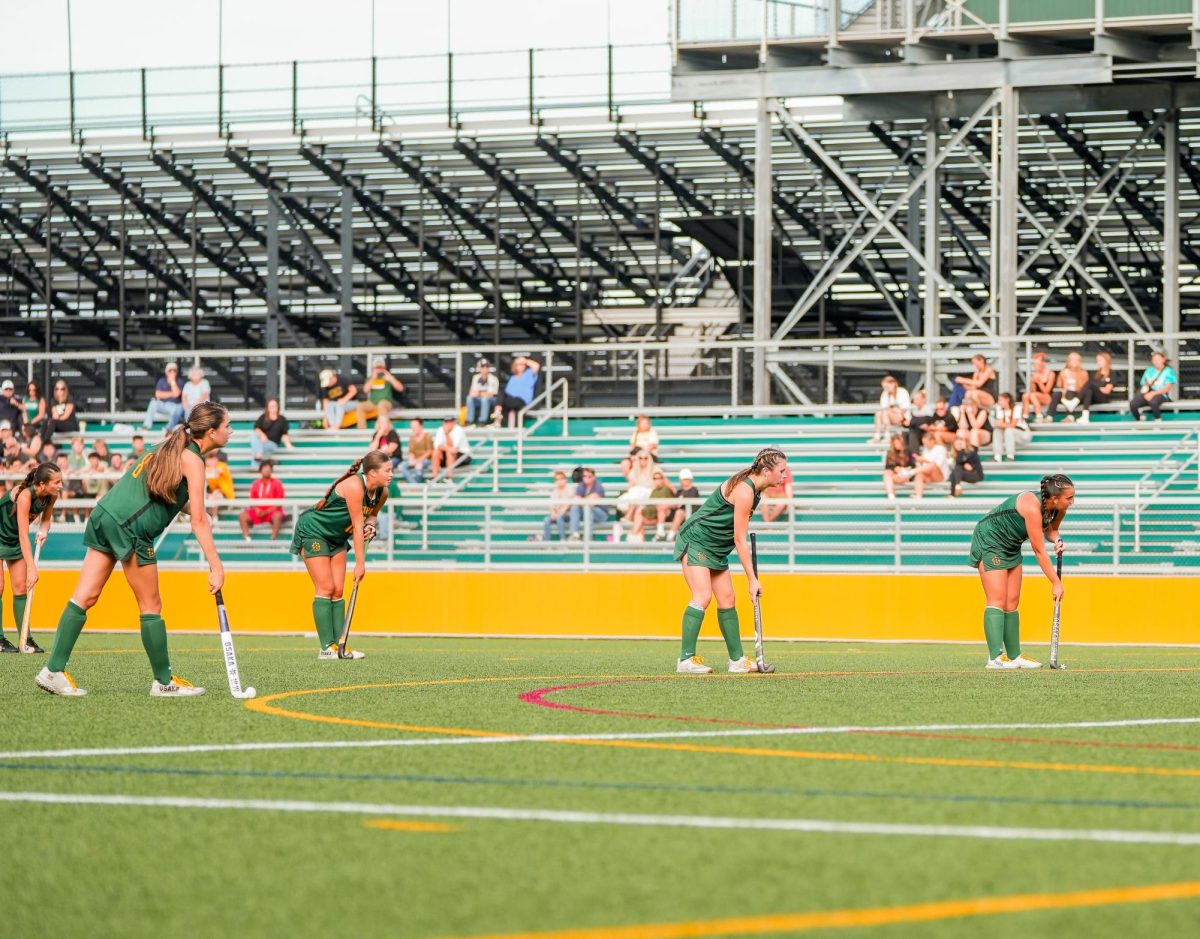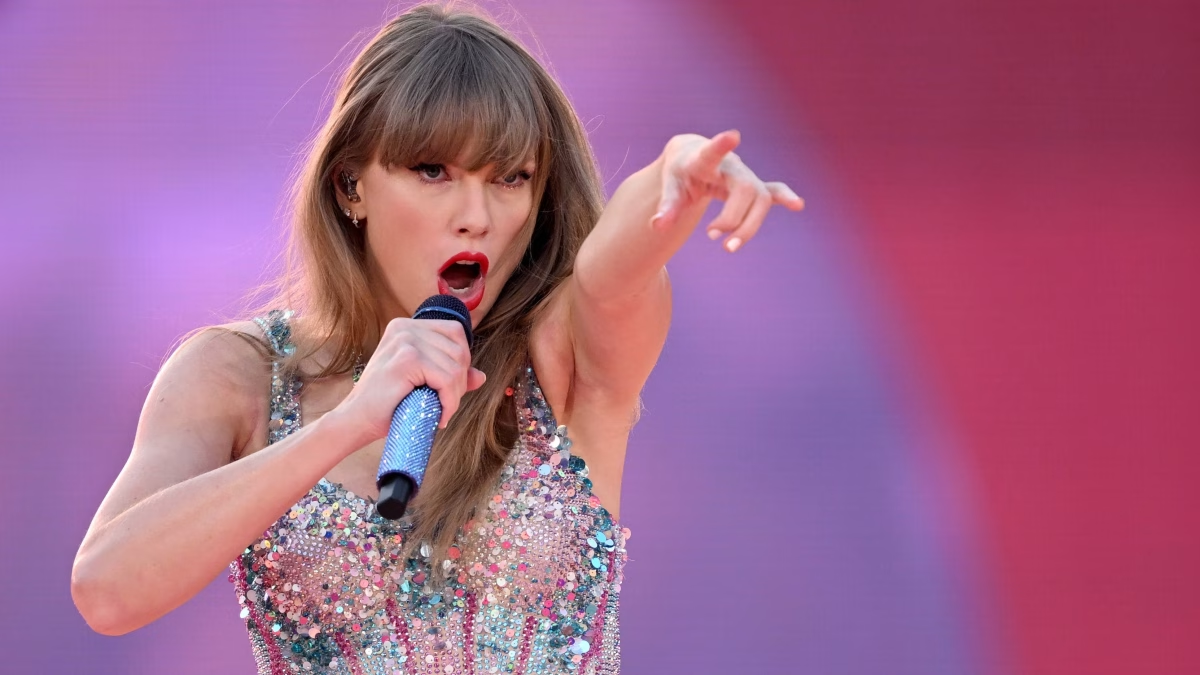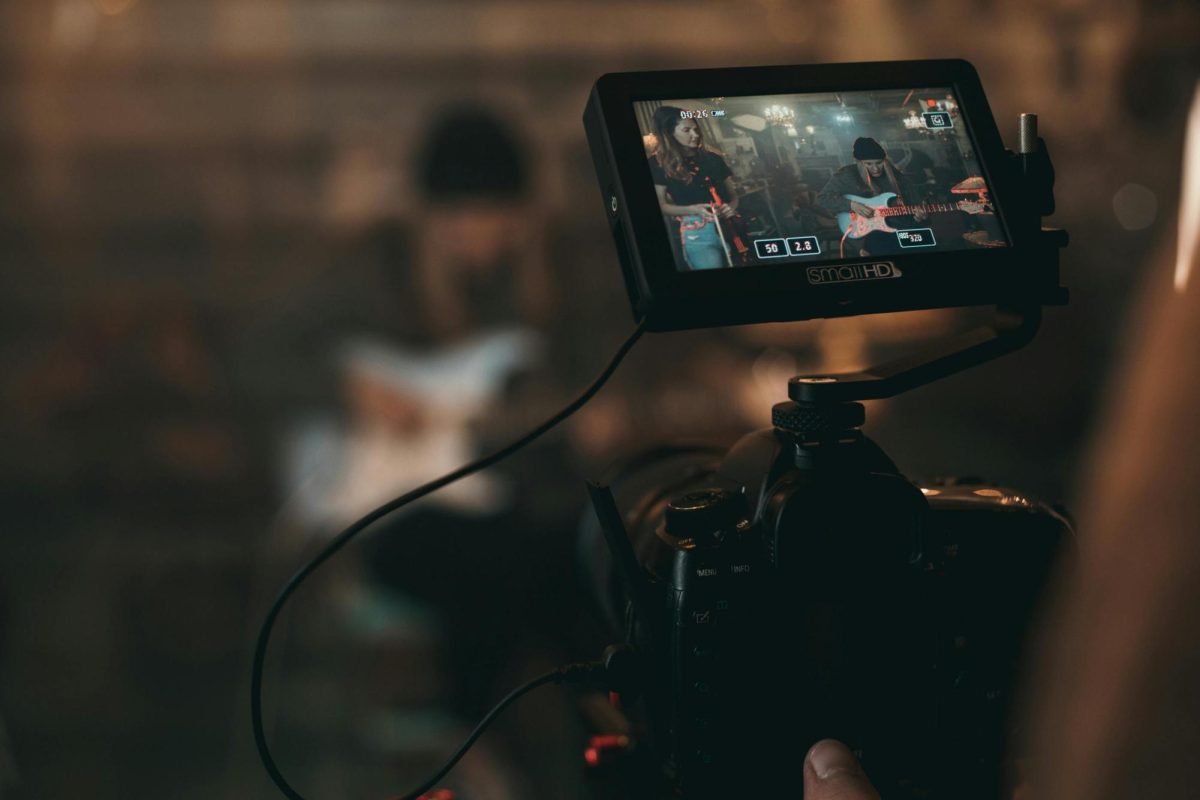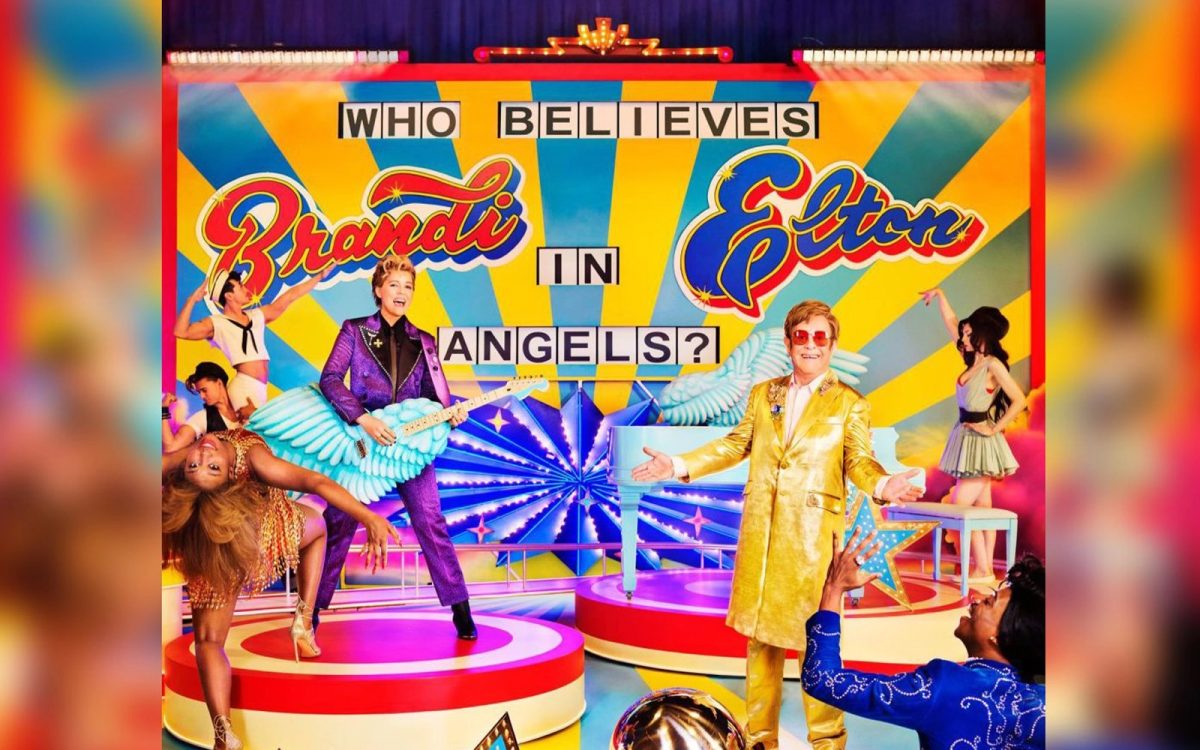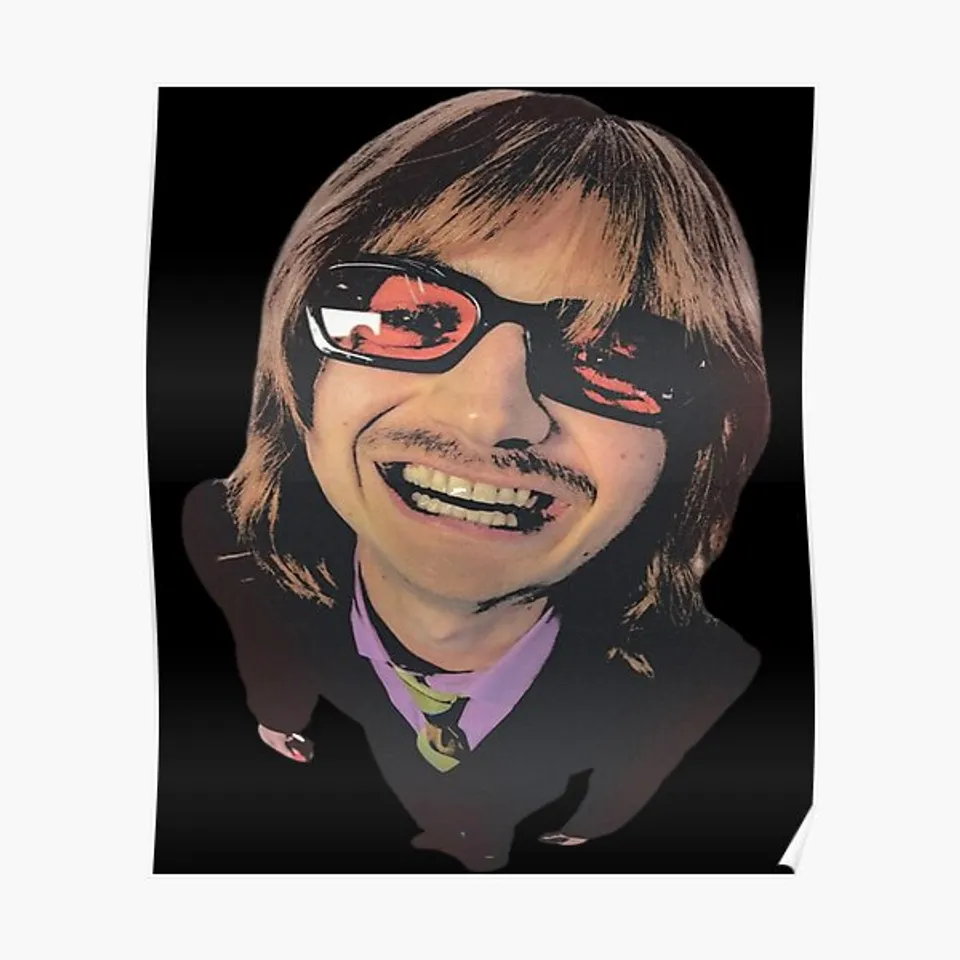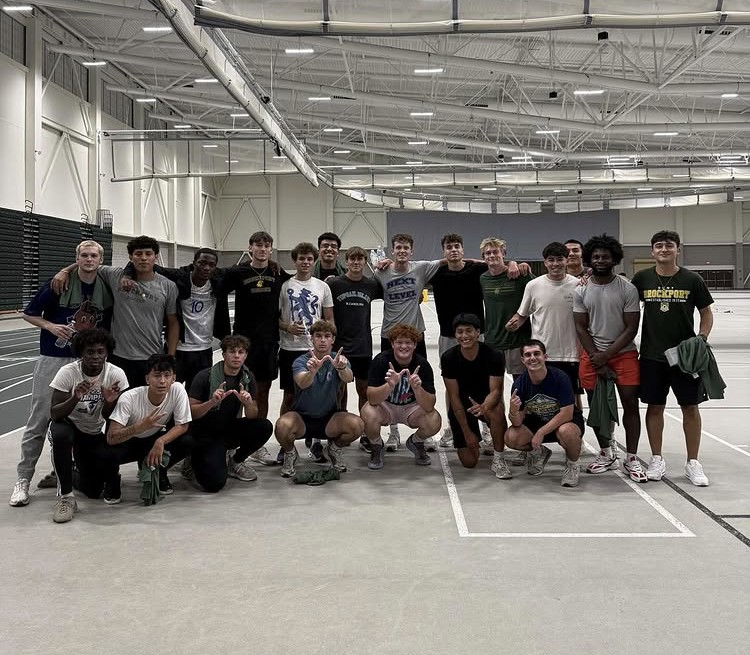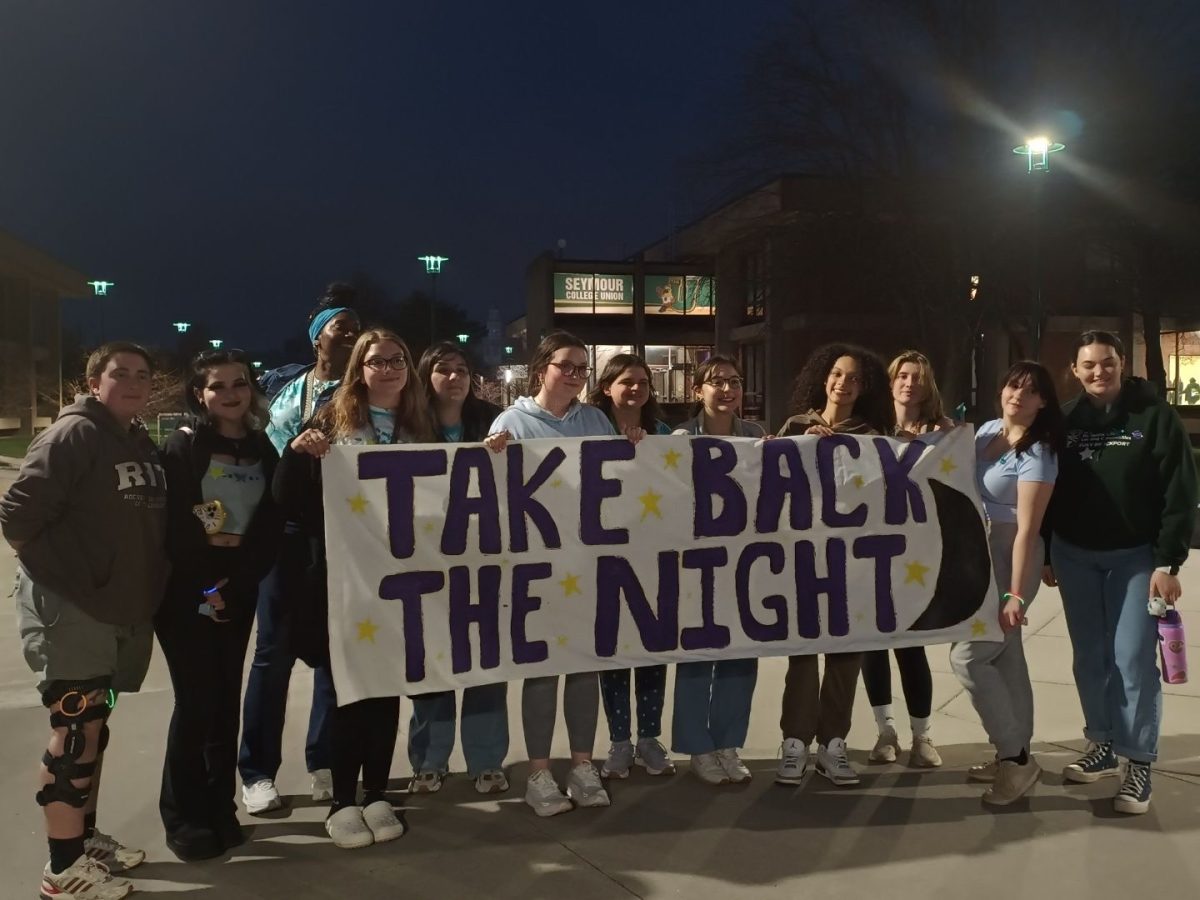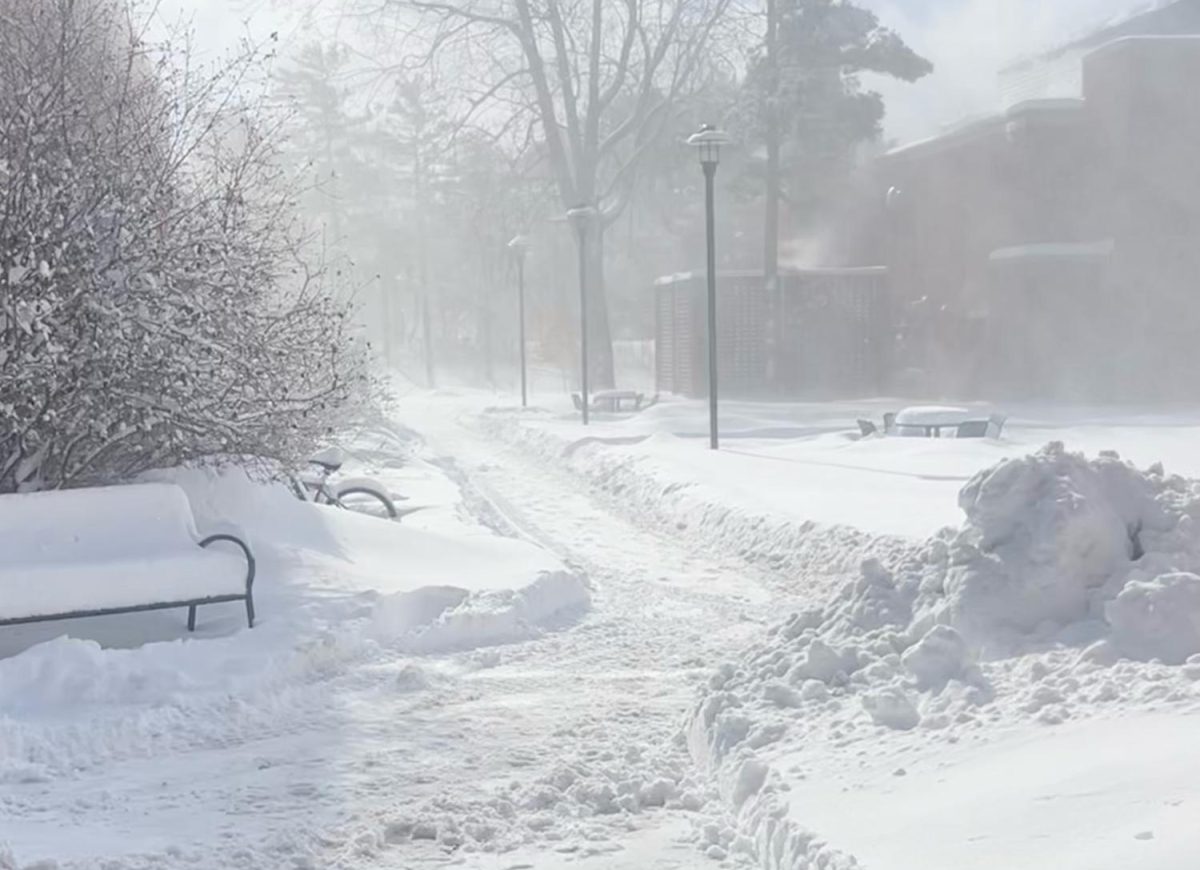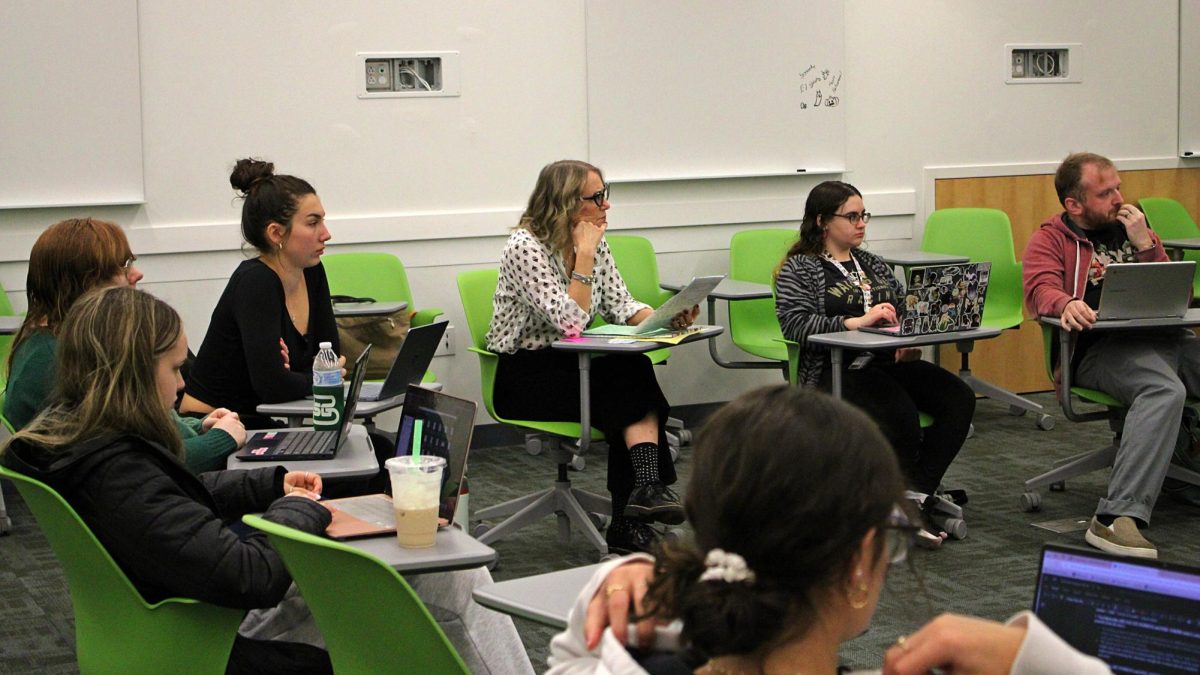What would you create if you were handed an egg carton and told to make a miniature autobiography with it? SUNY Brockport English Professor Dr. Anne Panning assigns this innovative project in her Intro to Creative Writing course.
“Sometimes they’re [students] like well, what am I supposed to do with that,” Panning said. “This a way for you to transform things… One woman Kate Poss cut hers up, mixed it and built it into a statue and then what she wrote was about her and her father’s relationship. It was one of the most stunning things.”
Brockport junior Kate Poss is studying English Adolescent Inclusive Education. Poss took Panning’s course her freshman year and utilized this assignment to work through her emotions.
“At that time, I was really struggling with my relationship with my dad and going off to college,” Poss said. “So, I was like, I’m going to just take this assignment and I’m going to process those emotions…I wrote a letter to my dad that, like, I would never be able to read him. And then I constructed both of us out of the egg carton.”
Assignments like these provide a creative platform for a variety of students to engage with schoolwork. As Panning noticed a large paradigm shift in how students are taught in public schools, she was driven to expand how she educates.
“I think culturally, the arts have always been deemed less important or serious or worthy, I think we have to make them [students] understand the value of why this is important,” Panning said.
Brockport senior Justice Crane is majoring in English with two minors in biology and chemistry. Crane is concerned with the lack of interest in the literary arts as she believes they provide an avenue to discover more about the world.
“There’s so much to the literary arts,” Crane said. “You need to be well versed in reading and writing, of course, but I feel like literary arts are a lot more than that. They are how people become creators. How things are made, how people communicate with each other and express themselves. It’s basically an integral art for our society and I think it’s being lost a little bit nowadays.”
According to the National Endowment for the Arts (NEA) the 2022 Survey of Public Participation in the Arts (SPPA) revealed a decline in adults who read novels, short stories, poetry and plays. From 2017 to 2022 there was a 10% negative rate of change (41.8% to 37.6%) for novels or short stories. Poetry faced a decline of 22% (11.7% to 9.2%) while plays dwindled 34% (3.7% to 2.4%.)
Panning uses a microscopic lens when teaching courses in literature and creative writing. Her goal is to pique curiosity and get students more comfortable asking questions. Panning believes this allows students to understand material on a deeper level while enjoying the content.
“I like to zero in, and this is the critical thinking part— if we’re looking at a short story, we’ll study the opening paragraph and sometimes I’ll assign students a sentence,” Panning said. “We deep dive, and it’s micro but that’s how you learn about the big. It’s not about how many pages you assign. So, I would say that maybe I am teaching fewer books, but better books and using smaller parts of them to really get the hard learning across.”
Since the onset of COVID-19 Panning has leaned into the use of digital resources to expand critical thinking skills in the classroom. She engages students sonically and visually through a combination of podcasts, graphic novels, literary magazine video poetry and more.
“Sometimes just reading and then writing evidence-based text is not something students are going to really latch on to or want to continue doing,” Poss said. “So, you have to have those out of the box projects so that students are excited again about the content you’re teaching.”
Panning acknowledges the rise of digital media and highlights the importance of looking at the world around one another. Through both consumption and production of this media and student collaborative performances she creatively challenges students as they are “finding their authentic voice and using it powerfully.”
“I think students want to be engaged, they want to be creative and they want to be given the opportunity to think individualistically and Panning fosters that,” Crane said. “She definitely tries to inspire ingenuity in her classrooms. And I also just think that she’s a very kind teacher and she will take what students say into consideration in her next class, so it’s easy to be engaged.”
Panning also focuses largely on tactile hands-on projects. In her Fiction Workshop course students participate in different exercises that lead to a build and share before workshopping pieces.
“I’m very aware of different learning styles. I make them understand the importance of being passionate…my job and your job are to let this class be a democracy and let everybody have a voice,” Panning said.
“Her teaching is kind of eccentric,” Crane said. “It was unlike any of the other classes I have. We’re doing creative arts projects, we’re sharing and reading with each other, we’re grouping up and we’re picking out of a random hat to get three objects to create a prompt. It was just very engaging.”
Poss appreciates the confidence Panning instils in her students and the passion she has for the work. Poss believes looking at a larger framework of media allows students to recognize “how art and media is being affected in the modern day” while expanding on the creation and absorption of sensory based detail work.
“One word: trust,” Panning said. “If students trust me as their professor, they will more radically take risks when speaking and writing, interrogate new, unfamiliar ideas without penalty and possibly blow us all away by creating something the world has never seen before. It also doesn’t hurt to absolutely love teaching: our passion for the material is contagious.”
Literary arts provide meaningful and diverse perspectives while fostering imaginative ideas. Poetry, short stories, drama, novels and other forms of literary art hone critical thinking skills and the ability to understand language and communication on a profound level. While these mediums have endured a decline in interest, educators like Panning are expanding how students explore this crucial form of literature.

